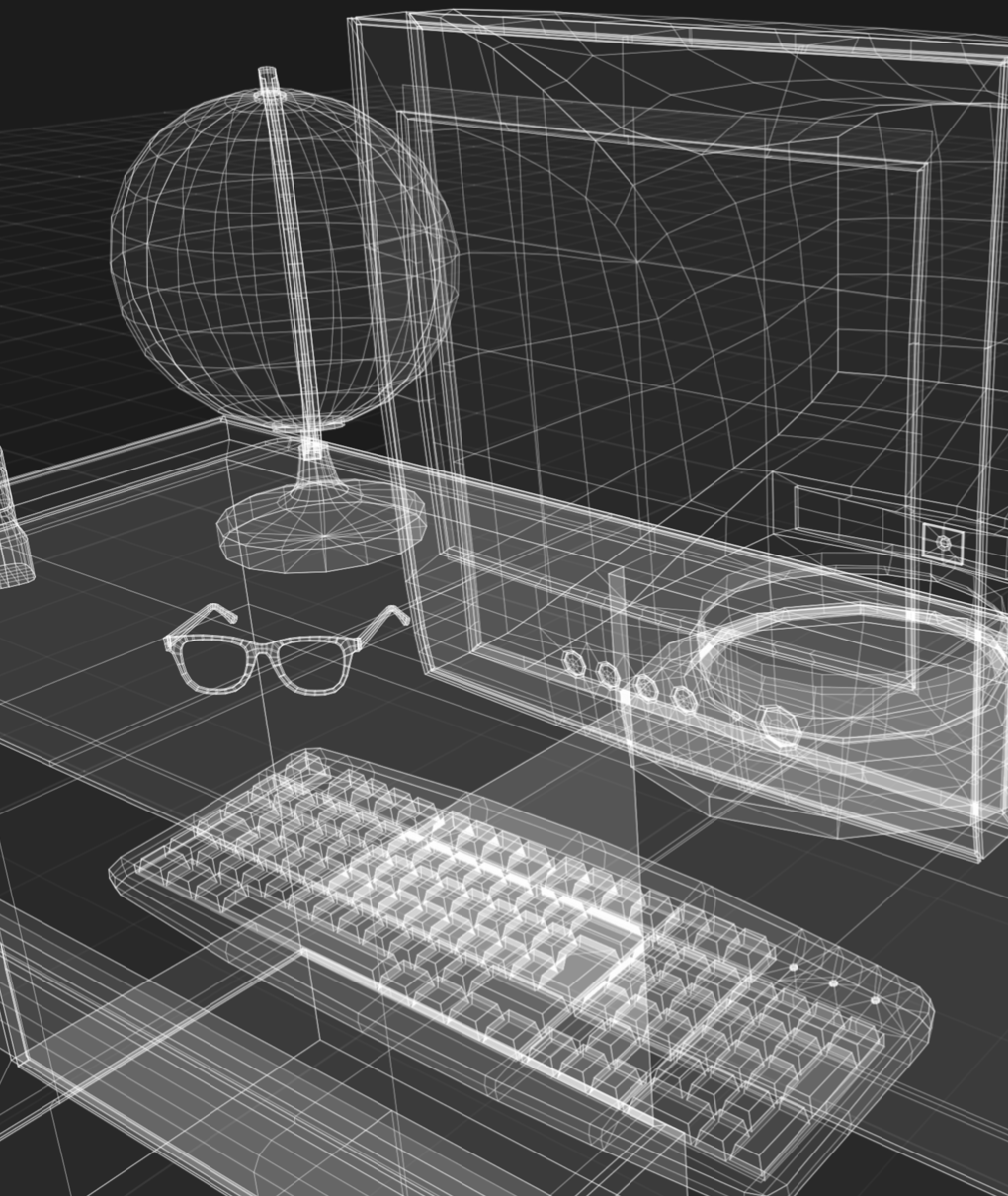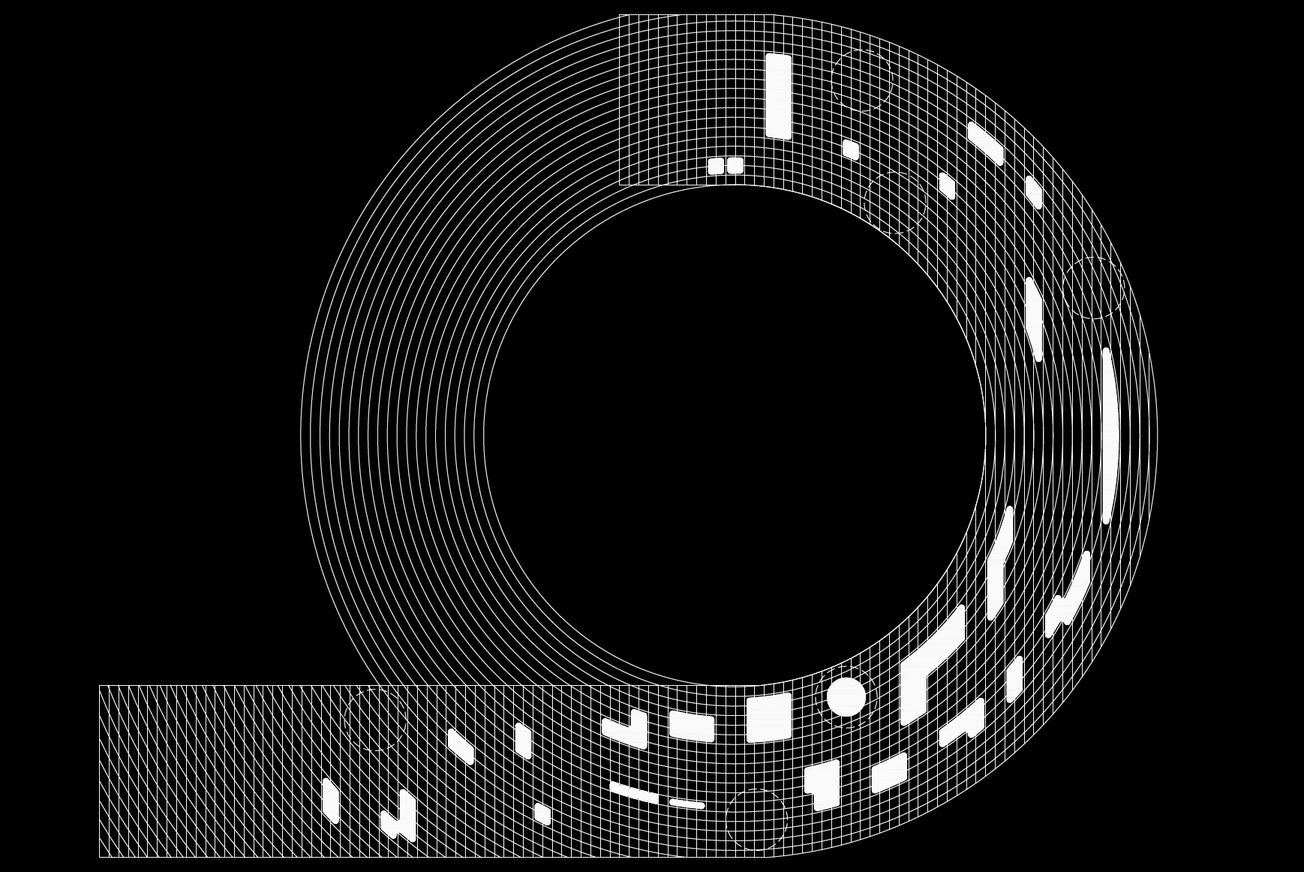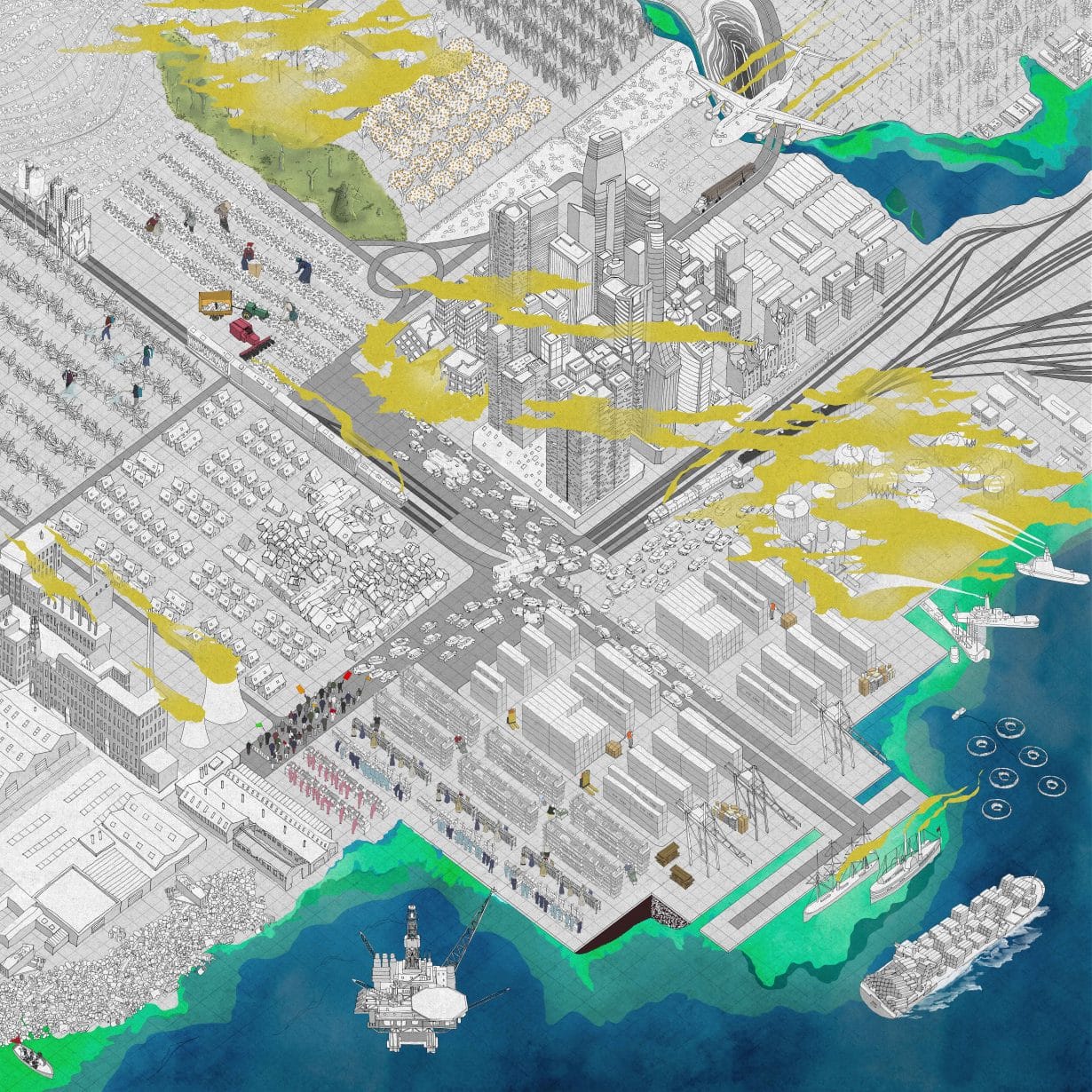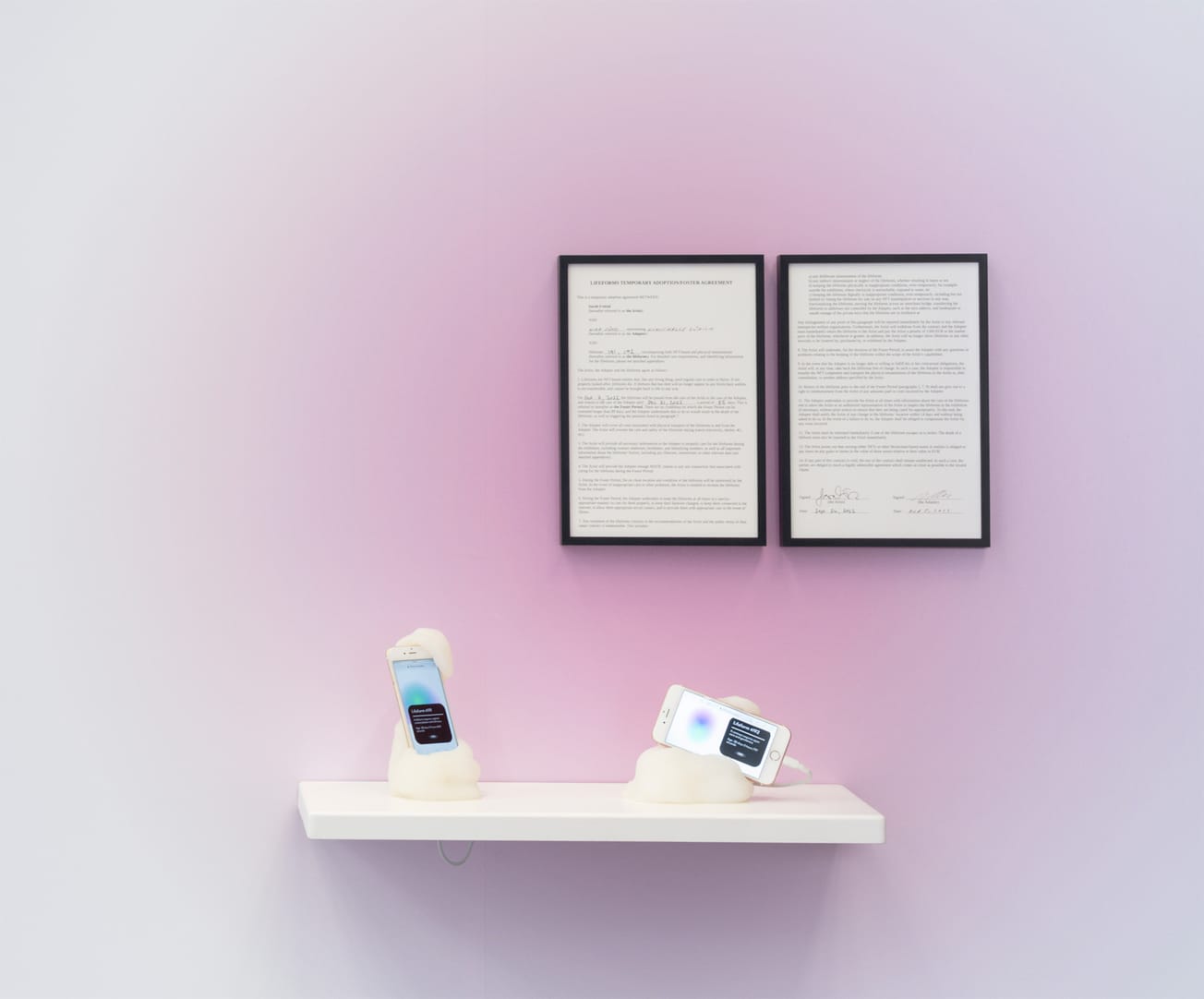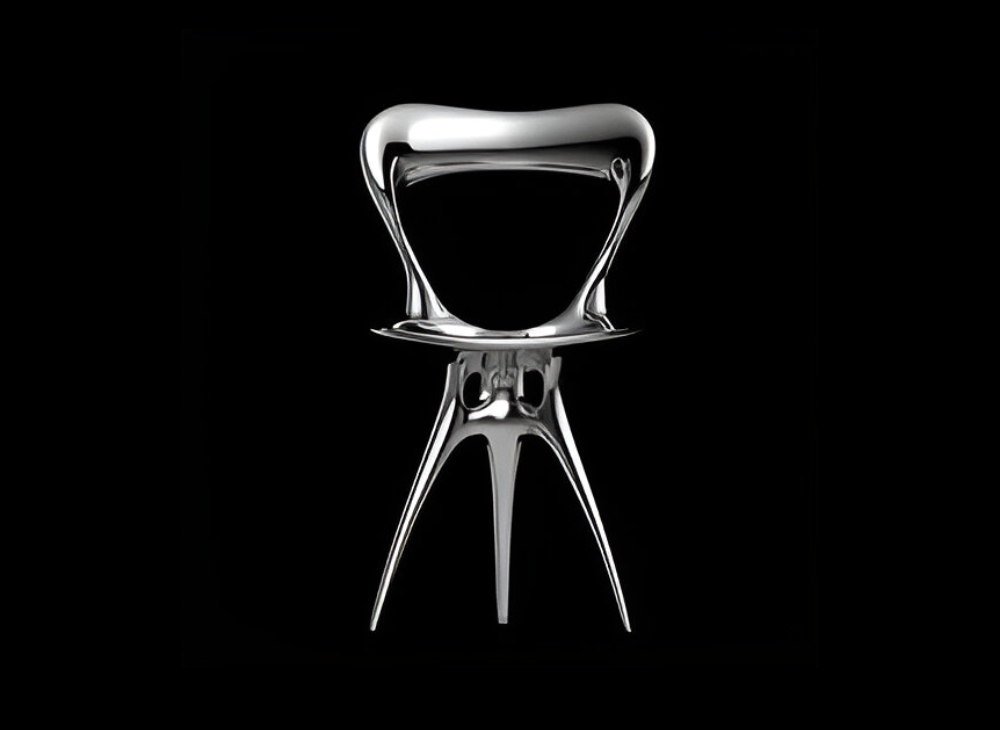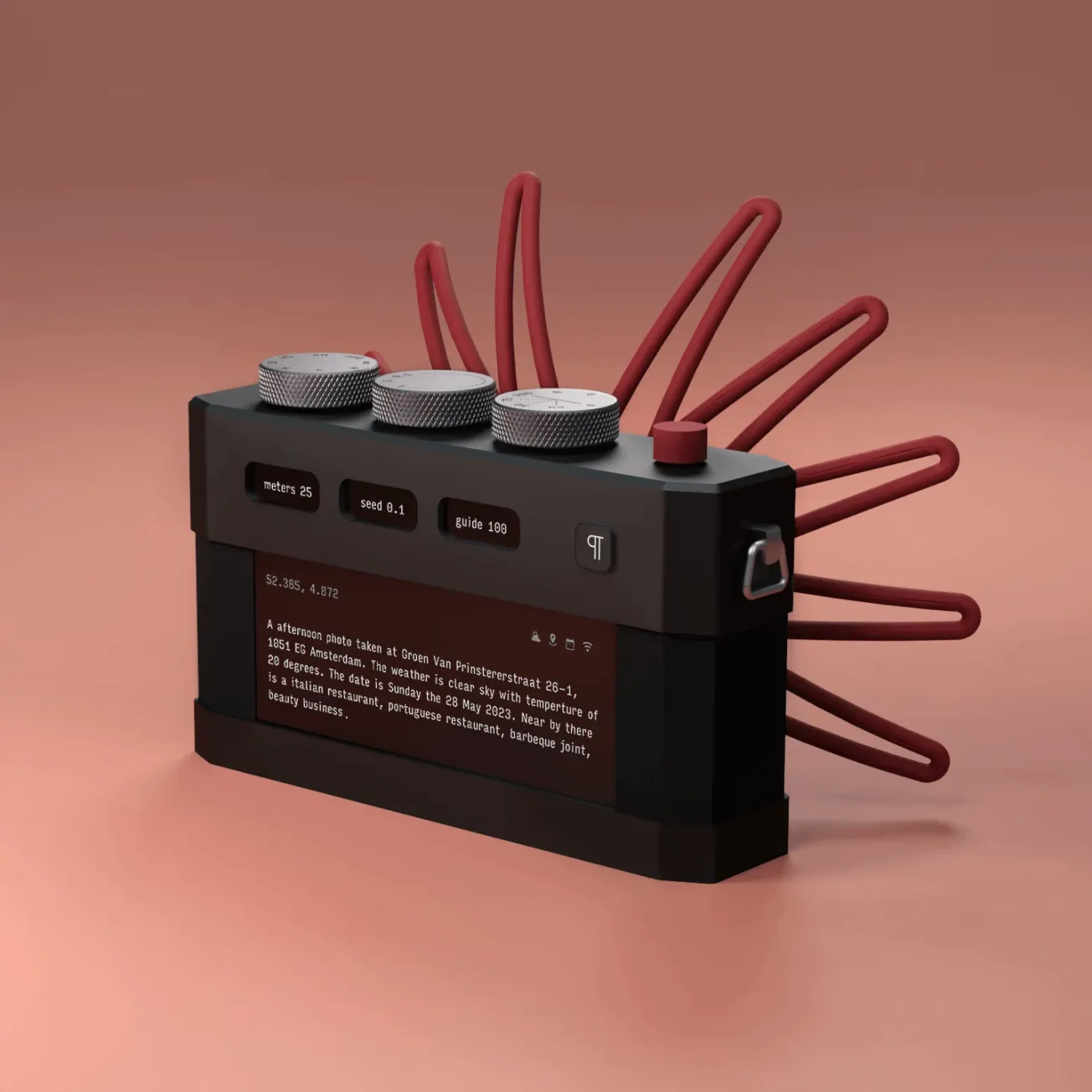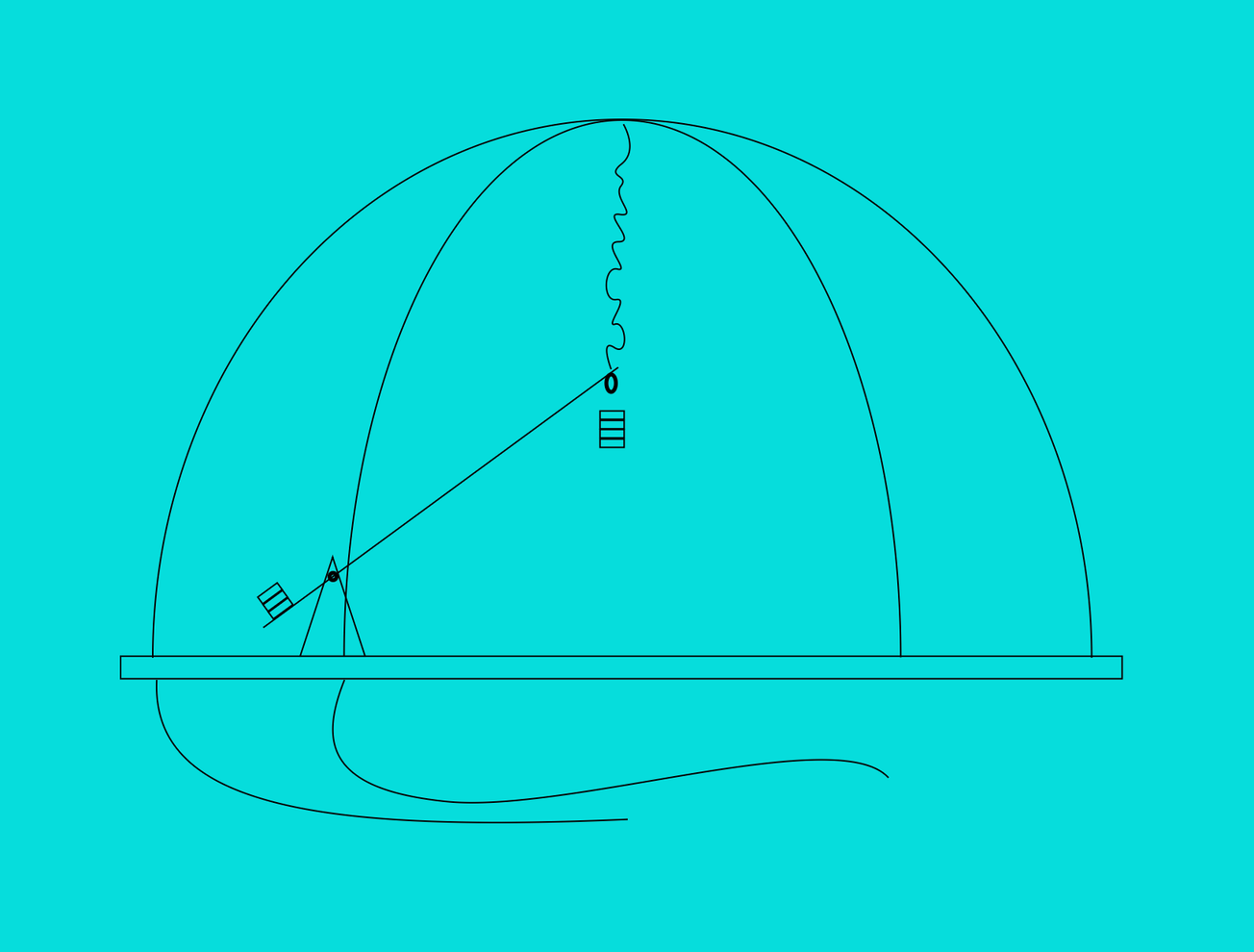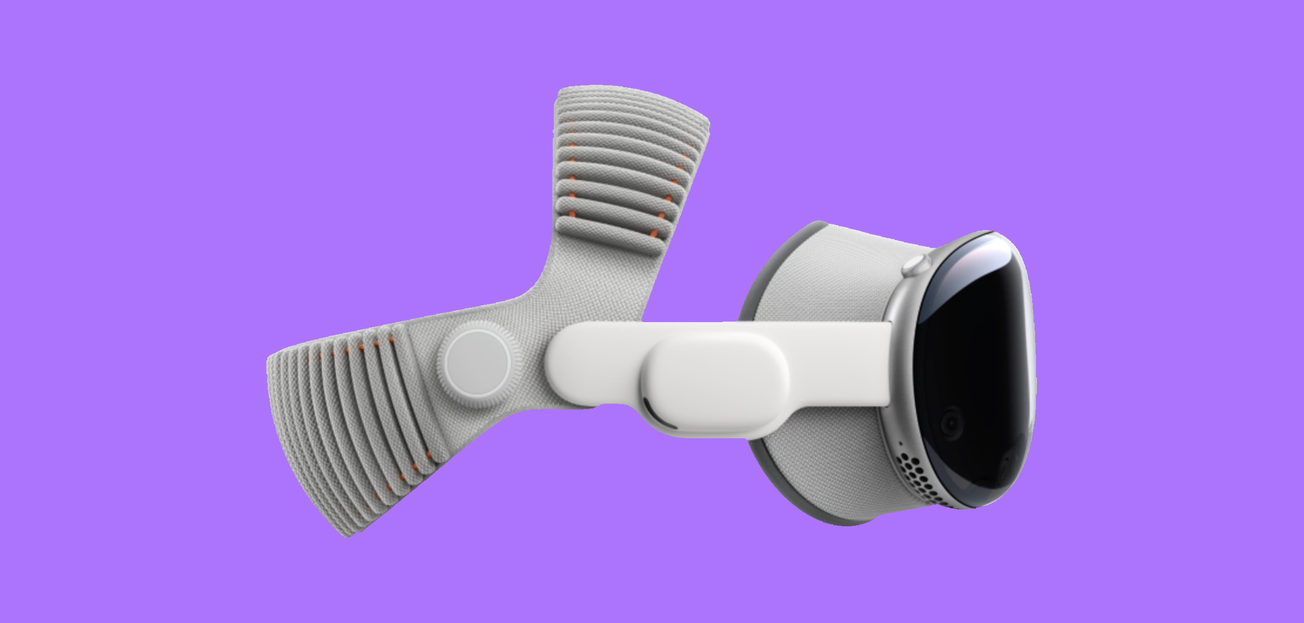Creative coding has evolved into a vital medium across design, art, and technology. While popular frameworks like p5.js and TouchDesigner have shaped the field’s mainstream, a growing cadre of artists and designers is developing bespoke software tools that prioritize material engagement, authorship, and slowness over scalability. These new toolmakers see software not as a finished product, but as a space of inquiry—a studio practice in itself.
Handmade Systems: Tools as Creative Acts
For designer-engineer Reza Ali, the act of toolmaking is inseparable from the creative process. Known for building expressive 3D software systems, Ali developed a collection of custom JavaScript and Metal-based frameworks—such as Satin and his many experimental libraries like mda.js and cga.js—during his time at YCAM InterLab and beyond. These tools were designed not for mass use, but for deeply personal exploration.

Rather than rely on large engines like Unity or Three.js, Ali opts for hand-rolled systems that give him granular access to geometry and behavior. The result isn’t a general-purpose toolkit—it’s a creative laboratory for one.
Coding Textiles: From Looms to Logic
Liza Stark approaches toolmaking through textile-based computing. A designer, educator, and e-textiles researcher, Stark develops open-source platforms that integrate logic circuits into traditional craft techniques like embroidery and weaving. In contrast to the tactile, embodied logic of stitch-based circuits, the programming environments Stark engages with are often premised on invisibility and abstraction.
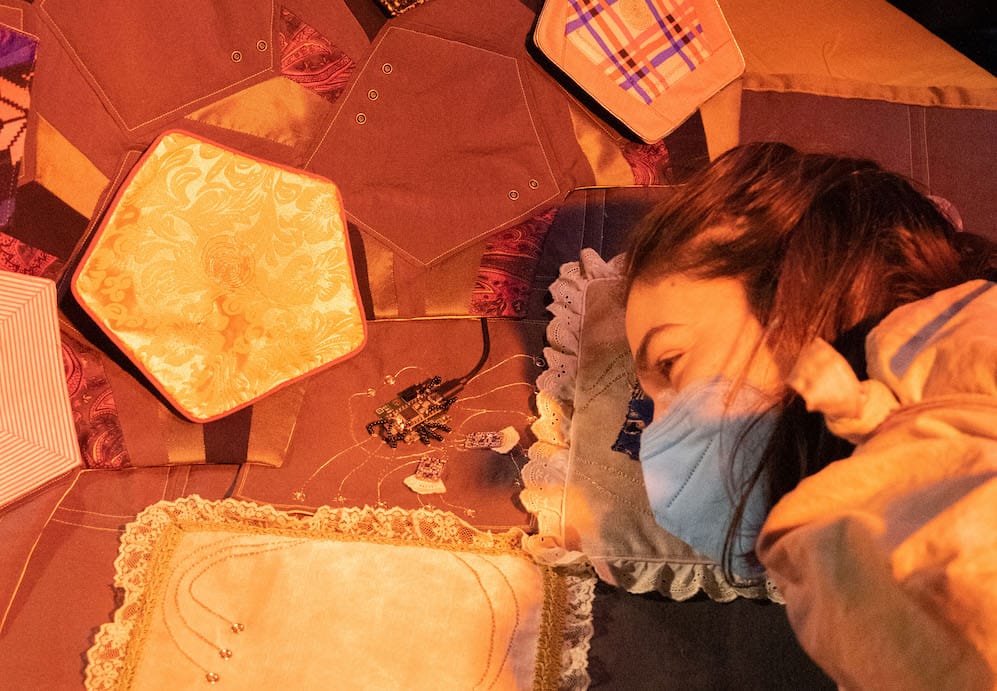
Her project Care Processing Unit is a textile-based computing system that models memory and logic through stitched interactions. Each quilted module represents a different computational function—using conductive thread, fabric speakers, microcontrollers, and analog circuitry to build a system that processes "care" as a conceptual form of data.
Tools for Speculative Making
Everest Pipkin builds software that embraces ambiguity, constraint, and slowness. Their project Shell Song is a procedurally generated, browser-based narrative that allows users to explore fictional ecosystems made of audio and hypertext. Built with open web technologies, it emphasizes poetic interaction over polished output.

Pipkin also maintains tools-list, a curated index of small, experimental, often open-source creative tools. It serves as the basis for tinytools.directory, an online resource that highlights accessible, non-commercial alternatives to mainstream software.
Their work frequently centers on “ambient interaction” and incomplete systems, intentionally leaving room for exploration and interpretation. In interviews, Pipkin has discussed how procedural tools can be designed to invite participation without prescription—tools not to deliver a result, but to support process and reflection.ls.
Modular Code for Live Visuals
Artist and programmer Olivia Jack developed Hydra, a live coding platform for visuals inspired by modular video synthesis. Entirely browser-based and open source, Hydra enables real-time, functional-style coding for audiovisual performances, with built-in support for feedback loops, oscillators, and networked collaboration.
“Reimagine pixels and color, melt your screen live into glitches and textures, and do it all for free on the Web,” Jack said in an interview with CDM in 2019.

The motivation was to make visual performance accessible without requiring proprietary software or steep learning curves. Hydra has become a staple in VJ culture and education, with active communities of remixers and contributors around the world.
Toolmaking as Artistic Practice
This resurgence in personal and experimental toolmaking runs counter to the dominant software landscape, where tools are often commercialized and abstracted. Artists like Ted Davis exemplify this shift by building their own environments for creative expression. One of his key projects is P5LIVE, a browser-based collaborative live-coding platform for p5.js, created to support real-time audiovisual performance and shared exploration. Davis designed P5LIVE from the ground up, prioritizing immediacy, openness, and community learning over polished interface or market appeal. Its minimalist UI and live collaboration features reflect a craft-based approach—embracing error, spontaneity, and the materiality of code. Used in workshops at The Basel School of Design FHNW HGK in Switzerland, P5LIVE positions toolmaking itself as an act of authorship and pedagogy.
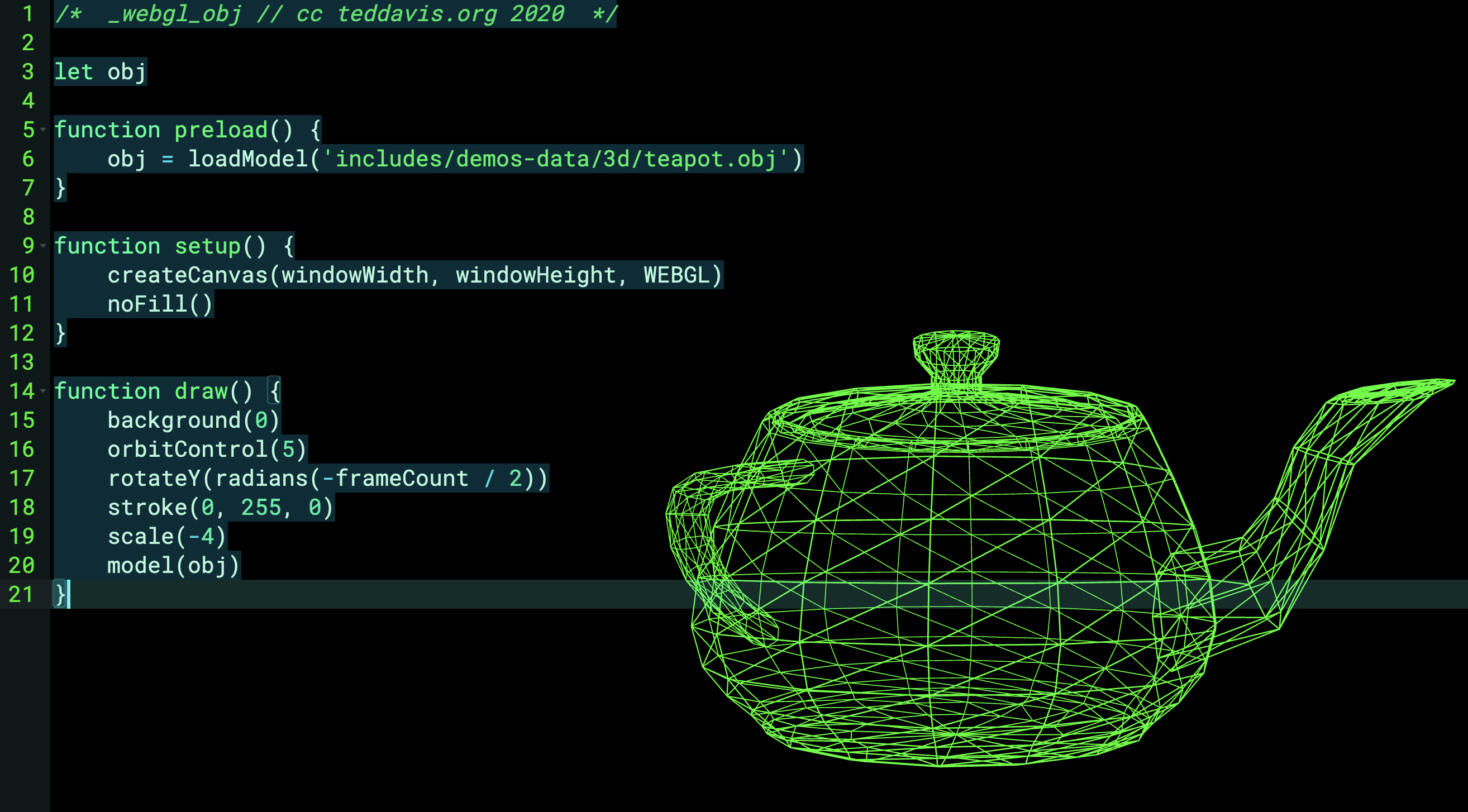
Though not all artists release their tools publicly, their development is an integral part of the conceptual and formal process. At institutions like the Gray Area (San Francisco), the School for Poetic Computation (New York), and the UCLA Art|Sci Center, these conversations are shaping new models of technical pedagogy—where software serves as a medium for critique as much as creation.
Toward a Craft of Code
These artists aren’t building tools to scale. They are crafting them to think, feel, and make differently. Many tools emerge from needs that aren’t served by commercial software—needs shaped by specific values, contexts, or communities. In turn, the tools themselves encode these values.
As AI-generated content proliferates and software pipelines become more opaque, the new toolmakers offer an alternative model: code as craft, tools as theory, and process as politics.

